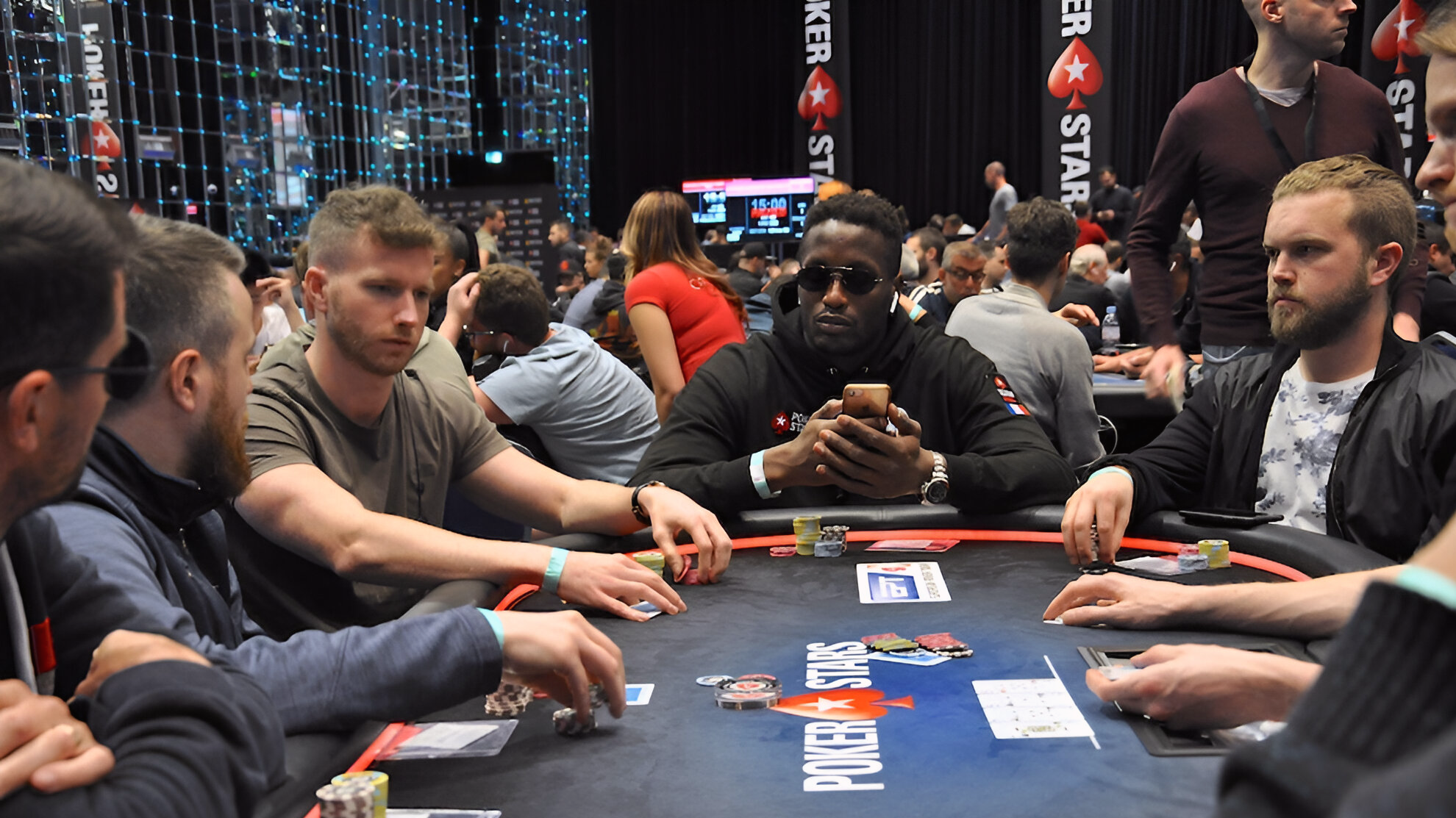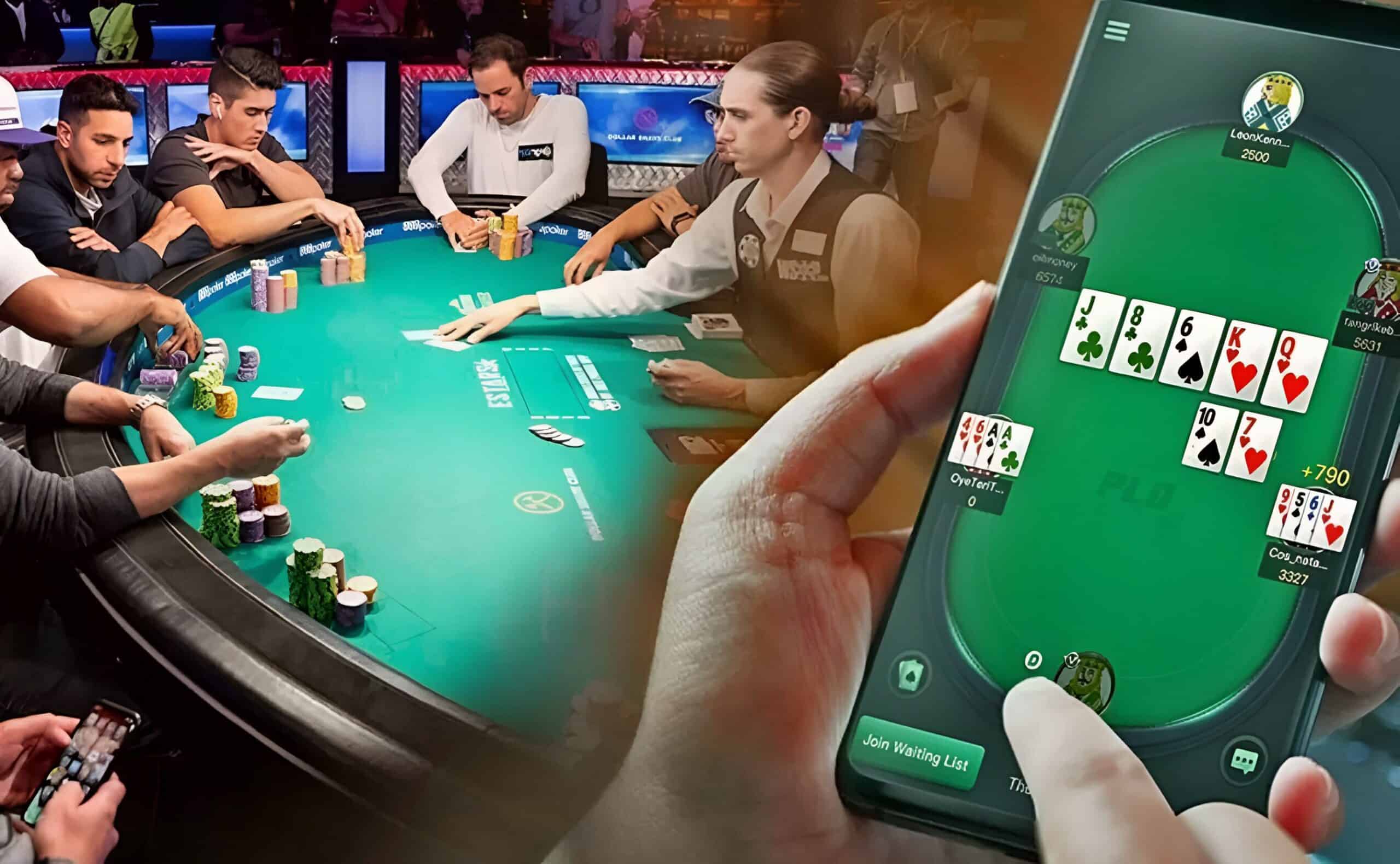
Online Poker Clubs vs. Poker Rooms: Key Differences
The poker universe is bifurcated into two broad realms: live poker clubs and internet-based online poker. The former is served with a traditional live room format, whereas both play out in essentially the same core game. The operational structures, player experiences, as well as strategy requirements are vastly different in both. The following article examines these differences, discussing ways in which tech development, social structures, as well as structural innovation affect contemporary poker. Analyzing gameplay speed, rule formats, as well as player psychographics, we explore why each format appeals to its target demographic—and why each evolves in relation to ongoing trends.
1. Speediness and Availability: A History in Two Tempos
Online Poker
Online poker rooms changed the speed of play. Automatic software deals a card, betting rounds, and a transition from a table in seconds, 50–80 available in an hour—half as much as live tables. Examples include PokerStars’ Zoom Poker or GGPoker’s Rush & Cash. A great demonstration of that speed is a player moving into a new table as soon as they fold. That speed is attractive both to multitaskers as well as high-volume grinders considering high profit.
Live Poker
In contrast, live room play is more leisurely. Dealers break, shuffle, as well as handle chips with their hands, as social interactions occur or decisions are deliberated. A single hand will take 5–10 minutes, cutting play down to 15–25 hands each hour. The leisure speed gives a relaxed state of mind but tries patience, particularly for those accustomed to fast-paced online play.
Key Expansion:
- Technology’s Role: Algorithmic methods are implemented on internet sites to prevent lags, such as auto-check/fold decisions if a player times out. Live tables rely on human dealers, whose speed varies with experience.
- Multi-Tabling: Online players often join 10+ tables simultaneously, a feat impossible in live settings. This practice boosts volume but demands sharp focus and HUD (Heads-Up Display) tools to track opponents.
2. Game Range: Niche Innovations vs. Core Franchisees

Live Poker
Live poker rooms have traditional formats. Texas Hold’em cash tables and multi-table tournaments (MTTs) are common, with mixed-game shuffles occasionally incorporating Omaha or Stud. Live high-stake play in Bobby’s Room at Bellagio consists of deep-stack No-Limit Hold’em with over $10,000 in buy-ins. Prestige and social standing play a central role.
Online Poker
Online poker sites thrive on innovation. They have introduced quick-fold formats, 6+ Hold’em (where a straight beats a straight), and “Spin & Go” hyper-tournaments with randomly distributed prizes. Asian platforms like Natural8 popularized Short Deck games, which modify hand rankings and affect strategy.
Key Expansion:
- Regional Preferences: European live rooms favor structured tourneys, while Asian online sites promote rapid cash games.
- Tournament Structures: Turbo blind structures are common in online MTTs (5-minute levels), whereas live tournaments, such as the WSOP, have slower structures (60-minute levels) to extend play.
3. Social Interaction: Psychology vs. Anonymity
Live Poker
Live poker’s draw is its social network. Players read physical tells—twitching, gasping, or chip shuffling—to gain an edge. In-game chat fosters camaraderie, sometimes even with dealers. High-stakes tables in Las Vegas or Macau also serve as networking arenas for both amateurs and pros.
Online Poker
Online poker lacks in-person human contact. Chat functions and avatars contribute a social element, but the absence of body language shifts the focus to statistics. Tracking tools help players analyze opponent behaviors, but anonymity also brings risks like collusion and bot play, which sites counter with AI monitoring.
Key Expansion:
- Virtual Alternatives: Some sites offer webcam tables or virtual reality poker to replicate live play, though adoption remains niche.
- Community Trust: Live poker relies on reputation; bad actors are excluded. Online sites use Random Number Generator (RNG) certifications to ensure fairness.
4. Rules and Refining Structure
Online Poker
Online rooms frequently tweak rules to enhance engagement:
- 6+ Hold’em: No blinds, modified rankings, and antes replace traditional structures.
- Shootouts: Players must win their table to advance.
- Bounties: Knockout structures award cash prizes for eliminating opponents.
Live Poker
Live rooms adhere to standardized rules dictated by regulators like the Tournament Directors Association (TDA). Dealers enforce strict measures, and disputes are resolved in real-time. High-stakes cash games increasingly incorporate “straddles” (optional pre-flop raises).
Key Expansion:
- Rake Differences: Live room rake is 5–10% (higher cap), while online rake is 2–5% (capped at $1–$3).
- Time Banks: Online interfaces use countdown timers (15–30 seconds), whereas live play allows unlimited time (within reason).
5. Trust and Security: Internet vs. Offline Controls

Online Poker
Legitimacy relies on regulation. Licensed sites (e.g., PokerStars, partypoker) undergo audits for RNG fairness and prompt payouts. However, gray-market offshore sites raise concerns over financial security.
Live Poker
Live rooms emphasize physical security. Casinos employ surveillance, secure chip trays, and trained staff to prevent cheating. Dealer errors, though rare, are resolved through floor managers.
Key Expansion:
- Data Privacy: Online platforms safeguard user information but face phishing threats.
- Live Room Scandals: Cases like the 2012 Borgata counterfeit chip incident highlight potential vulnerabilities.
6. Strategic Adaptations: Speed vs. Depth
Online Poker
Online play demands rapid adaptation. HUDs identify tight (“nit”) or aggressive (“LAG”) opponents, and frequent 3-betting exploits loose ranges. Fast-fold structures reward aggressive blind defense.
Live Poker
Live poker penalizes impatience. Players fold 70–80% of hands pre-flop, emphasizing position and psychological warfare.
Key Expansion:
- Bankroll Management: Online players need deeper bankrolls due to high-volume variance, while live players often buy in short to limit risk.
- GTO vs. Exploitative Play: Online poker leans on Game Theory Optimal (GTO) solvers, whereas live poker thrives on exploitative reads.
7. Financial Terms: Rake, Commissions, Stakes
Online Poker
Platforms attract players with 100% match deposit bonuses (up to $500) and loyalty programs. Micro-stakes ($0.01/$0.02) cater to beginners, while high rollers play at $500/$1,000 tables.
Live Poker
Live rooms profit from higher rakes and ancillary spending (food, hotel stays). VIPs receive complimentary tournament entries as incentives.
Key Expansion:
- Rakeback Deals: Online pros negotiate rakeback (up to 40%) to boost profits.
- Live Event Packages: Satellite winners earn seats in major events like the WSOP Main Event.
Conclusion
Online and live poker offer distinct experiences. Online play prioritizes speed, innovation, and high-volume multitasking, appealing to analytical players. Live poker emphasizes tradition, social interaction, and psychological depth, attracting those who enjoy in-person dynamics. While technology may bridge the gap through AI training or virtual reality, the fundamental differences remain. Ultimately, players must choose between speed and accessibility versus atmosphere and instinct.
